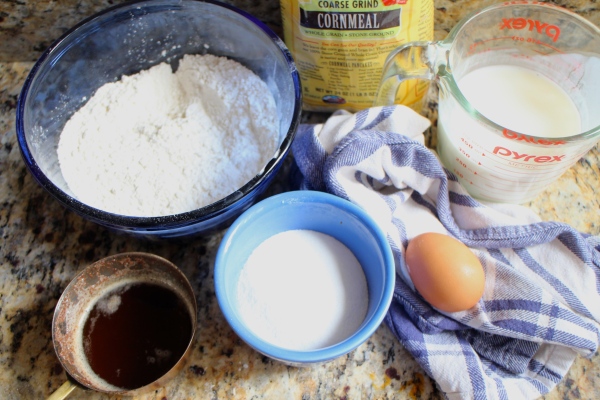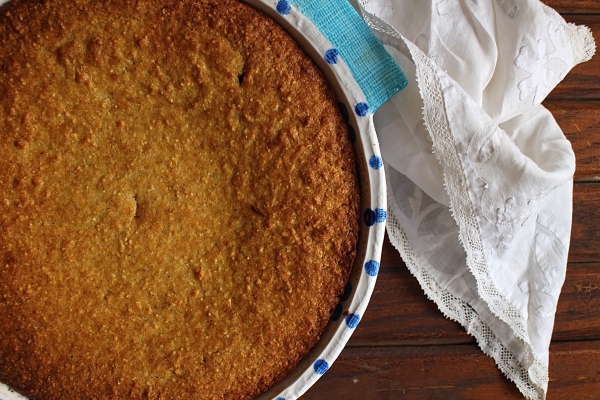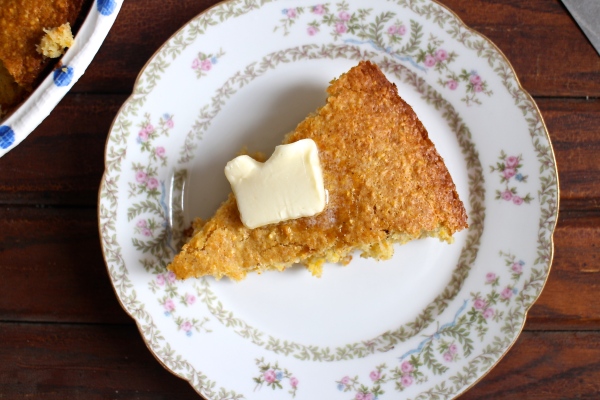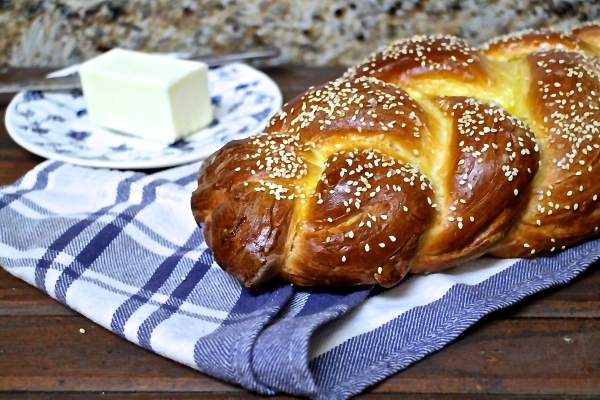
I’m a little ashamed to admit this, but I don’t own a cast iron skillet. Being an avid home cook who has been obsessed with cooking since I was 7, it seems silly that I don’t own this essential kitchen tool. I have almost every pot, pan, knife and utensil a home cook would need, except the one that’s at the top of every “must need” list: a weathered, heavy cast-iron. Anytime I visit my parents and cook something in their well-seasoned cast iron skillet, a family heirloom that was passed down from my Grandmother and Great-Grandmother, I fantasize about getting my own and making all the wonderful recipes that call for this key tool: omelettes, hash browns, brownies, you name it.


The best kind of skillets are the ones that are handed down through generations, perfectly seasoned and cared for. Generations of recipes, traditions and history, all passed down through the use of a sturdy cast-iron skillet. Anytime I see a recipe calling for a cast-iron pan, I try to improvise or end up saving it for later; or spend hours researching the best brand so I can someday call it my own. But when I came across this skillet corn bread recipe from one of my absolute favorite cookbooks, “Once Upon a Tart…“, I knew I had to make it and couldn’t wait for my inevitable heavy iron purchase. I do have a really pretty, heavy pie plate I received as a gift, so decided I couldn’t hold out any longer – I would make this recipe in a pie pan, and I’m so glad I didn’t hold out.


This corn bread is absolutely delicious. The richness of the browned butter adds a nice subtle, nutty flavor to the bread, and the sugar adds a sweetness that complements the saltiness of the butter and corn. I reduced the sugar in the recipe by half because I don’t like my cornbread that sweet, but if you prefer sweeter feel free to add up to a 1/2 cup more. Baking the batter in the heavy pie plate added a nice golden crust to the outer layer, but I imagine baking this in a good cast-iron skillet will make it that much better.

I originally made this corn bread to accompany a winter stew, but I found I liked it even better the next morning for breakfast, toasted with a dab of butter. Because everything is better with butter…and cast-iron skillets.

Ingredients RecipeBrown Butter Skillet Corn Bread

 I learned to cook at a very early age,
I learned to cook at a very early age, 
